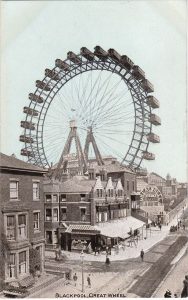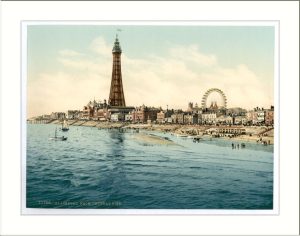Blackpool Zoo: Providing homes for animals since 1972
Blackpool Zoo
Blackpool’s famous zoo has been a major attraction at the seaside resort for over 50 years and it is now home to around 1,350 animals of all shapes and sizes.
Blackpool Zoo: Providing homes for animals since 1972
Blackpool Zoo may not be the oldest or the largest zoological park in the country but there can be little doubt that it is one of the most popular with hundreds of thousands of visitors each year.
Covering an area of around 32 acres, Blackpool Zoo opened in 1972 on the site of Stanley Park Aerodrome. The aerodrome opened as Blackpool Municipal Airport in 1931 and the former control tower and hangar are still used today, although for slightly different tenants. At the start of the Second World War, the airfield was requisitioned by the RAF and used for parachute training with four hangars being constructed for the repair and assembly of Wellington bomber aircraft.
After it closed as an operational RAF aerodrome, the site became the home of the Royal Lancashire Show and with the closure of the Blackpool Tower menagerie, it was planned to become a 140 acre zoo with a safari park. Due to rising costs, the safari park idea never became reality but in a blaze of publicity, the zoo nevertheless opened on July 6th, 1972.
A whole host of animals have arrived over the years, including Asian elephants, Gorillas, Red Pandas, Monkeys and many more. Indeed many new developments have been taking place over the past 50 years and future seasons will see further improvements and additions. New major investment has just been announced and the plans will include new animal facilities for the big cats as well as refurbishment of the zebra house.
Driven by a very passionate team, Blackpool Zoo’s future has never been brighter and we can all look forward to many more years of pleasure at this excellent facility.



















